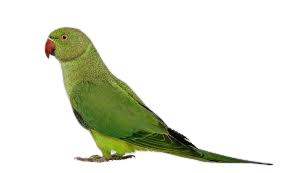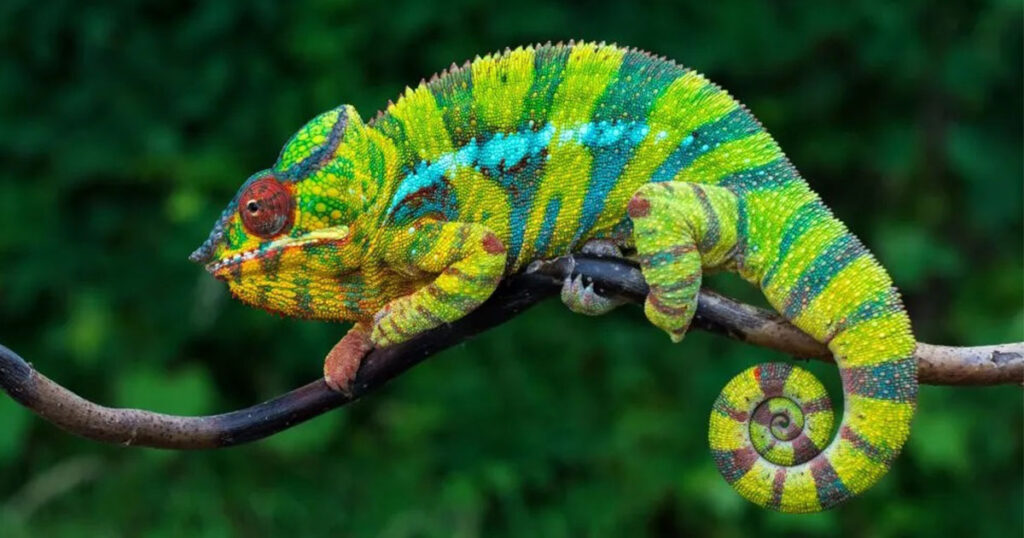Exotic Animals

This page provides an overview of how therapeutic lasers can be a valuable tool in the treatment and management of various conditions in exotic animal species. As a non-invasive, drug-free modality, laser therapy offers significant benefits for animals that may be sensitive to traditional medications or surgical procedures.

Laser therapy for avian patients has limited scientific data available. However, in exotic animal practice, where treatment options and medications are often restricted, laser systems offer a safe, minimally invasive alternative. This allows veterinarians to provide precise, stress-free care to a wide range of species

Treating exotic mammals with laser therapy is just as effective as treating common companion animals like cats and dogs. If a condition in a domestic pet would benefit from laser therapy, it’s likely to benefit an exotic mammal too. The therapy works the same way for all mammals, regardless of how common or exotic they are.

Laser therapy can be a beneficial treatment for reptiles, as it can help with pain relief, reduce inflammation, and speed up healing. However, it’s important to use caution when treating these animals because their bodies have different thermal management systems. Since they can’t regulate their own body temperature, they’re at a higher risk of overheating during treatment.
Challenges in Treating Exotic Animals
While highly effective, treating exotic animals with laser therapy presents unique challenges that veterinarians must be prepared for:
Handling and Stress: Exotic species are often more susceptible to stress, and careful handling is crucial to ensure a positive and safe experience. Using a non-contact treatment head and minimizing restraint are key.
Dosimetry and Parameters: Due to the wide variety of species and their unique physiologies, there is no one-size-fits-all approach. Veterinarians must adjust laser parameters (power, wavelength, and duration) based on the animal’s size, skin thickness, and the specific condition being treated.
Feather and Scale Penetration: The presence of feathers, scales, or thick skin can affect the laser light’s penetration. Using a higher power setting or a contact probe to part feathers and scales may be necessary to ensure the light reaches the target tissue.
Pain Management:
- Laser therapy provides a modern, drug-free, and painless alternative to manage pain associated with various conditions such as arthritis, musculoskeletal injuries, and post-surgical discomfort.
- It has analgesic effects by reducing inflammation and promoting the release of endorphins, the body’s natural painkillers.
- For chronic conditions such as osteoarthritis, laser therapy can be part of a long-term pain management plan to improve the quality of life for affected animals.
Anti-Inflammatory Effects:
- Laser therapy helps to reduce inflammation by modulating the inflammatory response at the cellular level.
- The anti-inflammatory properties of light can be beneficial in treating a wide spectrum of disorders – from otitis and upper respiratory conditions to urinary tract and perianal conditions.
Wound Healing:
- Wound healing in reptiles is much slower than in mammals due to factors like slower metabolic rates, temperature dependency, and a unique cell migration pattern. Laser therapy accelerates the healing process of wounds and incisions by promoting tissue repair and regeneration.
- It can be used in post-surgical care to minimize scarring and improve overall recovery.
Patagium Restriction:
Feather Disorders:
Ascites:
is the abnormal retention of fluid within coelomic cavity of birds and reptiles. Common causes of ascites include hepatic disease, cardiac disease, and reproductive disorders. Laser therapy can support fluid resorption in non-neoplastic cases.
Pododermatitis (Bumblefoot):
Laser therapy is recommended for treating this common condition in many exotic animals, helping to stimulate microcirculation, control inflammation, and combat infections.
Equipping your practice with therapeutic laser technology not only expands your treatment capabilities but also positions you at the forefront of exotic animal medicine. Laser therapy offers a powerful, non-invasive, and profitable solution for a variety of conditions, improving patient outcomes and client satisfaction.
Educational Resources: We provide comprehensive training and support to ensure your team is proficient in using our equipment for exotic animal patients.
Customizable Settings: Our state-of-the-art laser systems come with pre-programmed settings for a wide range of species and conditions, with the flexibility to create custom protocols for unique cases.
Veterinary Lasers Add Revenue to Your Practice
It is not a secret that sometimes a valuable piece of equipment does not find its way to veterinary clinics because of a poor return on investment. This is not the case of veterinary laser. Investing in a veterinary laser equipment proves to be a sound financial decision for veterinary clinics. The return on investment is substantial, with a three-doctor practice generating an additional $40K-80K in revenue from offering laser treatments, often paying back the capital investment in less than a year. Semiconductor laser diode systems require minimal maintenance and no consumables, ensuring longevity and cost-effectiveness.
